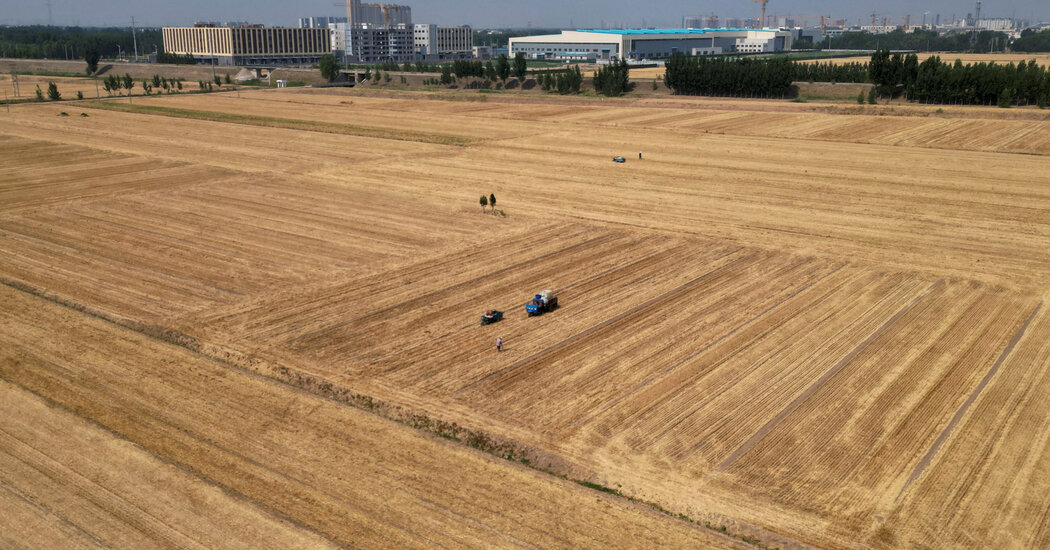Food production is concentrated in too few countries, many of which face water shortages, the researchers said.
High food prices, meet the global water crisis.
The world’s food supply is under threat because so much of what we eat is concentrated in so few countries, and many of those countries are increasingly facing a water shortage. That’s the conclusion of three independent studies published this week.
One study, published by World Resources Institute, found that one quarter of the world’s crops is grown in places where the water supply is stressed, unreliable or both.
A second, published by the Global Commission on the Economics of Water, crunched the data slightly differently, concluding that half the world’s food production is in areas where water availability is projected to decline.
The third study, published by the European Union’s environmental agency, found that even some ordinarily wet parts of the continent face a drying trend.
All three recommend urgent course corrections. Those include plugging leaks, reducing food waste, restoring wetlands and setting corporate targets on sustainable water use.
The global commission also called on policymakers to “correctly price water,” writing in its report, “Water is often taken for granted as an abundant gift from nature, when in fact it is scarce and costly to provide to users.”
